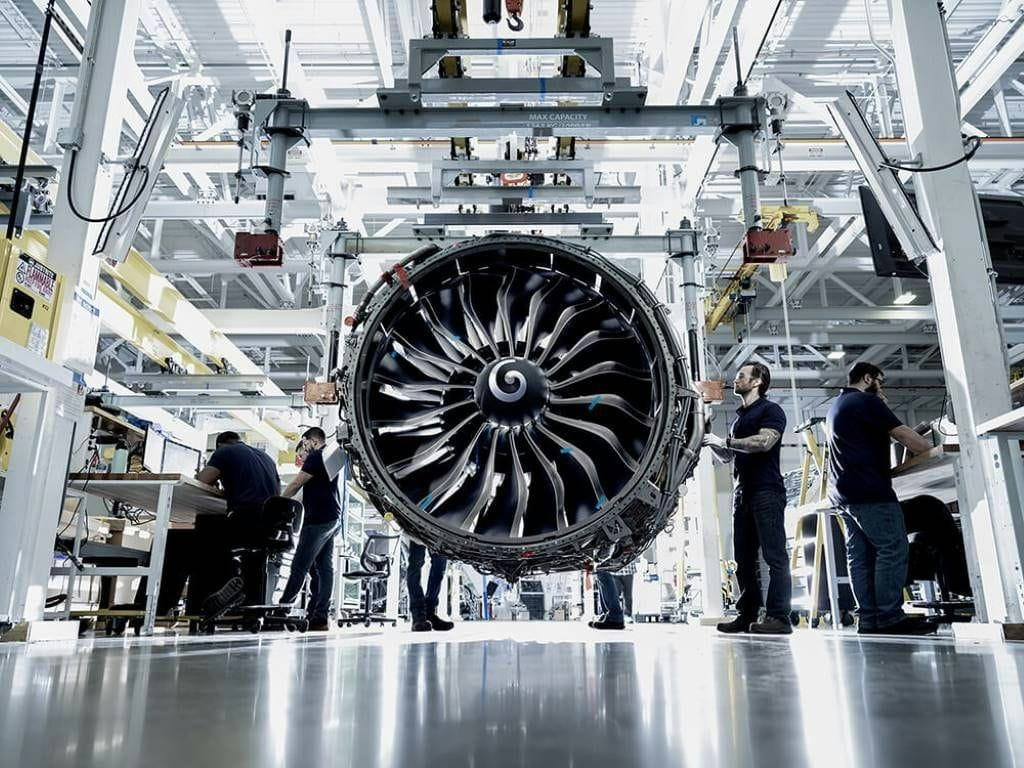
AeroGenie — Uw intelligente copiloot.
Trending
Categories
Boeing Removes Chevrons from Largest Engine
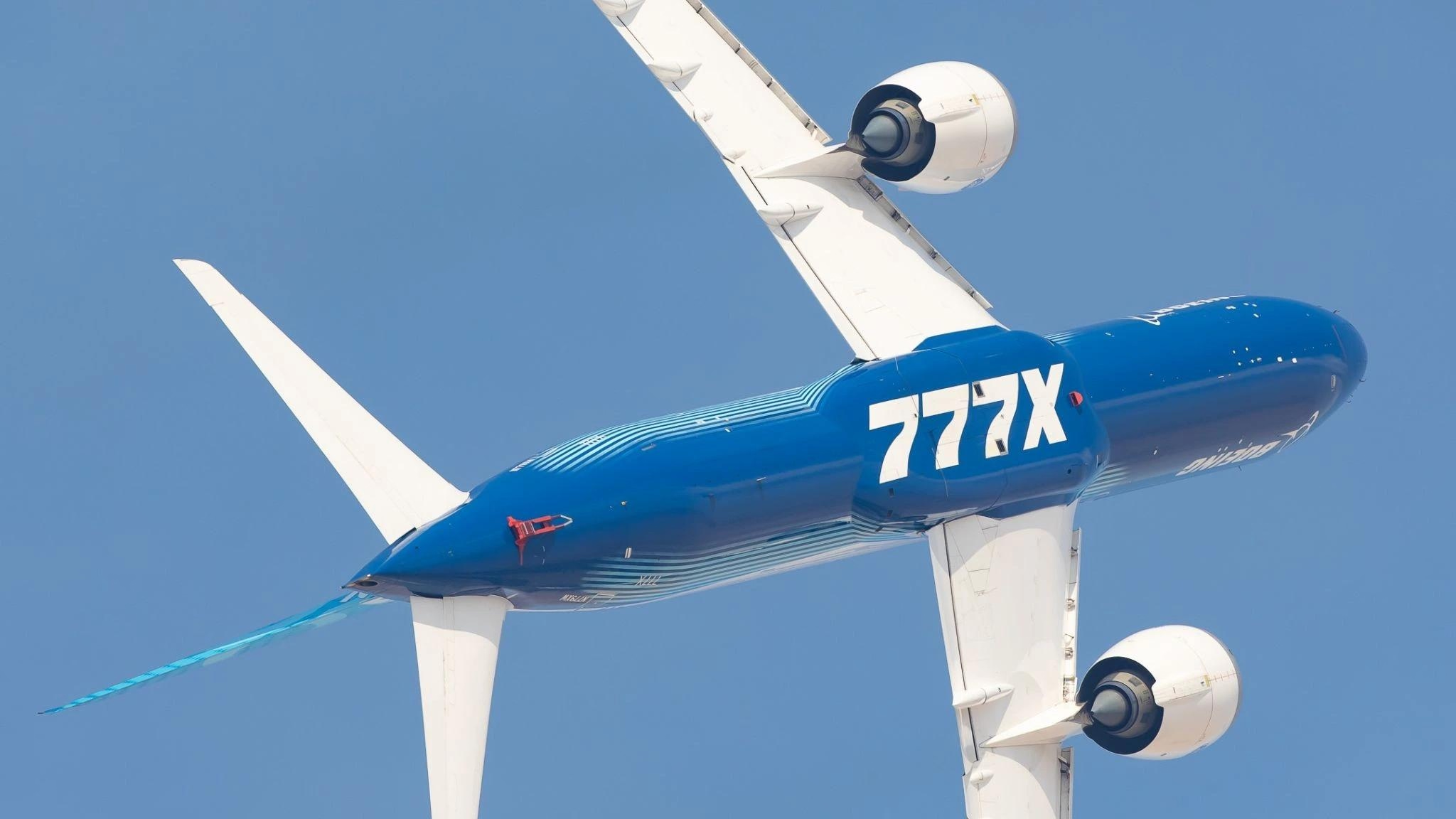
Global Economic Outlook Appears Grim According to Latest Reports
Overview of Current Financial Trends
Recent analyses reveal a deteriorating global economic outlook, driven by a confluence of adverse factors. Major economies worldwide are grappling with persistent high inflation, volatile stock markets, and escalating geopolitical tensions. These elements collectively contribute to an environment of economic uncertainty and instability.
Rising inflation rates have become a widespread concern, eroding consumer purchasing power and dampening business investment. Concurrently, stock markets have experienced significant fluctuations, fostering investor apprehension and undermining confidence in financial systems. Geopolitical conflicts and trade disputes further exacerbate these challenges, intensifying economic fragility on a global scale.
Impact on Various Sectors
The economic downturn is manifesting across multiple industries. The technology sector, which had previously enjoyed rapid expansion, is now encountering a marked slowdown. Similarly, the automotive industry faces ongoing disruptions, primarily due to persistent supply chain difficulties. These pressures extend beyond large corporations, severely affecting small businesses that are struggling to maintain operations amid the challenging economic climate.
Government Responses
In response to these mounting challenges, governments worldwide have enacted a range of policy measures aimed at stabilizing their economies. Central banks are adjusting interest rates, either raising or lowering them, in efforts to manage economic growth and control inflation. Additionally, numerous countries have introduced fiscal stimulus packages designed to support businesses and individuals facing financial hardship. Regulatory reforms are also underway, intended to strengthen economic frameworks and mitigate the risk of future crises.
Looking Ahead
The global economy remains shrouded in uncertainty as policymakers and financial experts continue to monitor developments closely. While there is cautious optimism for market stabilization and eventual recovery, the trajectory remains uncertain. The duration and severity of the current economic downturn are yet to be determined, underscoring the complex challenges that lie ahead.
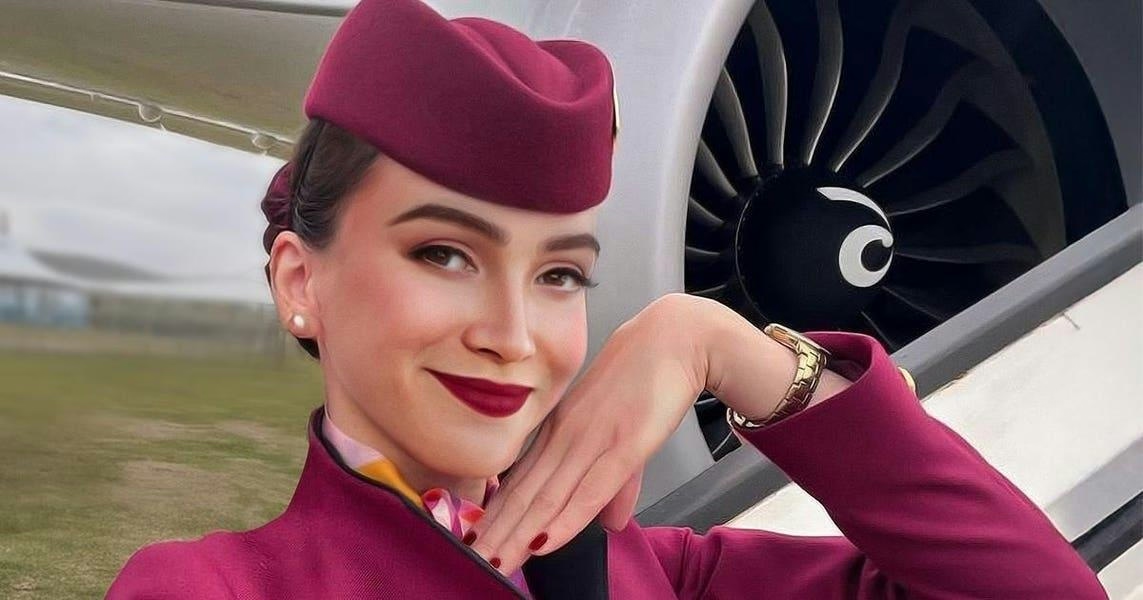
Passengers Respond Positively to Airline’s AI Flight Attendant
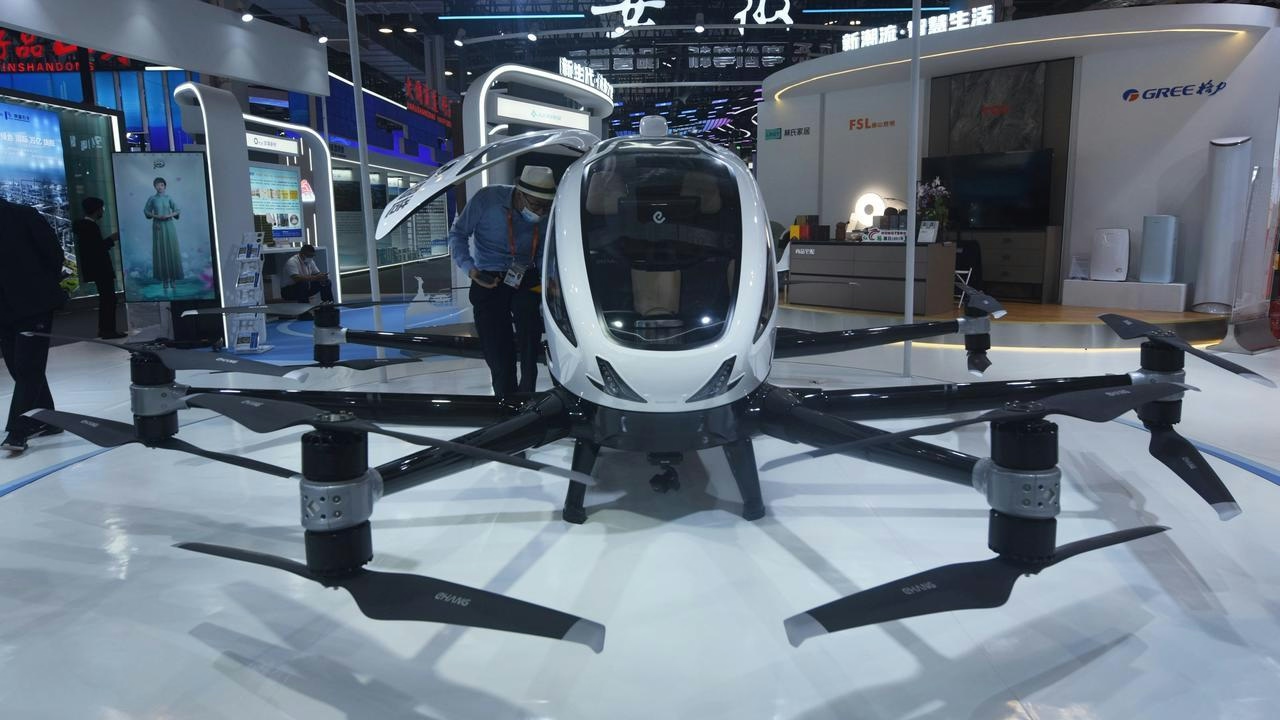
EHang Completes Pilotless eVTOL Air Taxi Trials in Doha
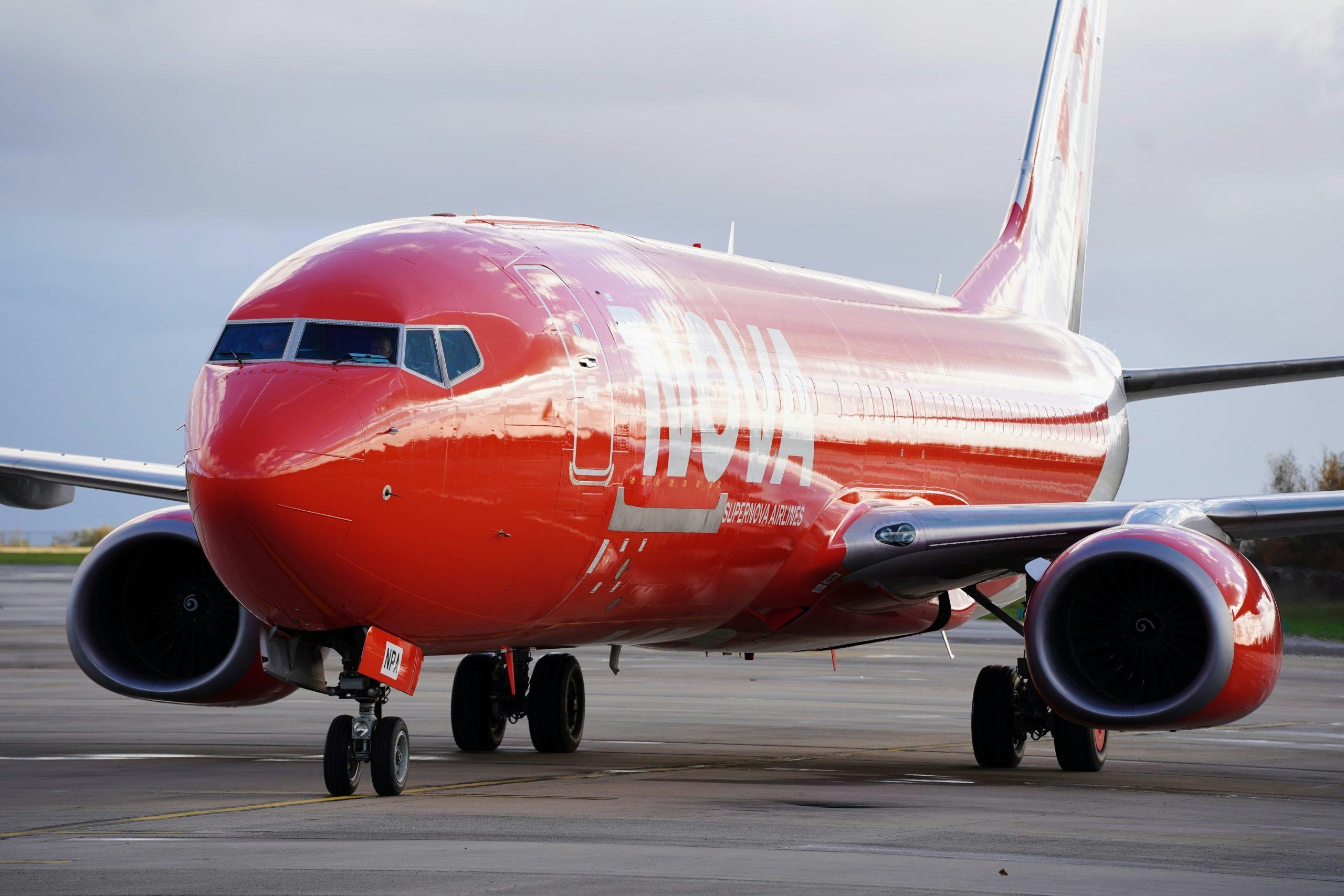
Supernova Airlines opens new Liege–Ostrava cargo link, strengthening European supply chains
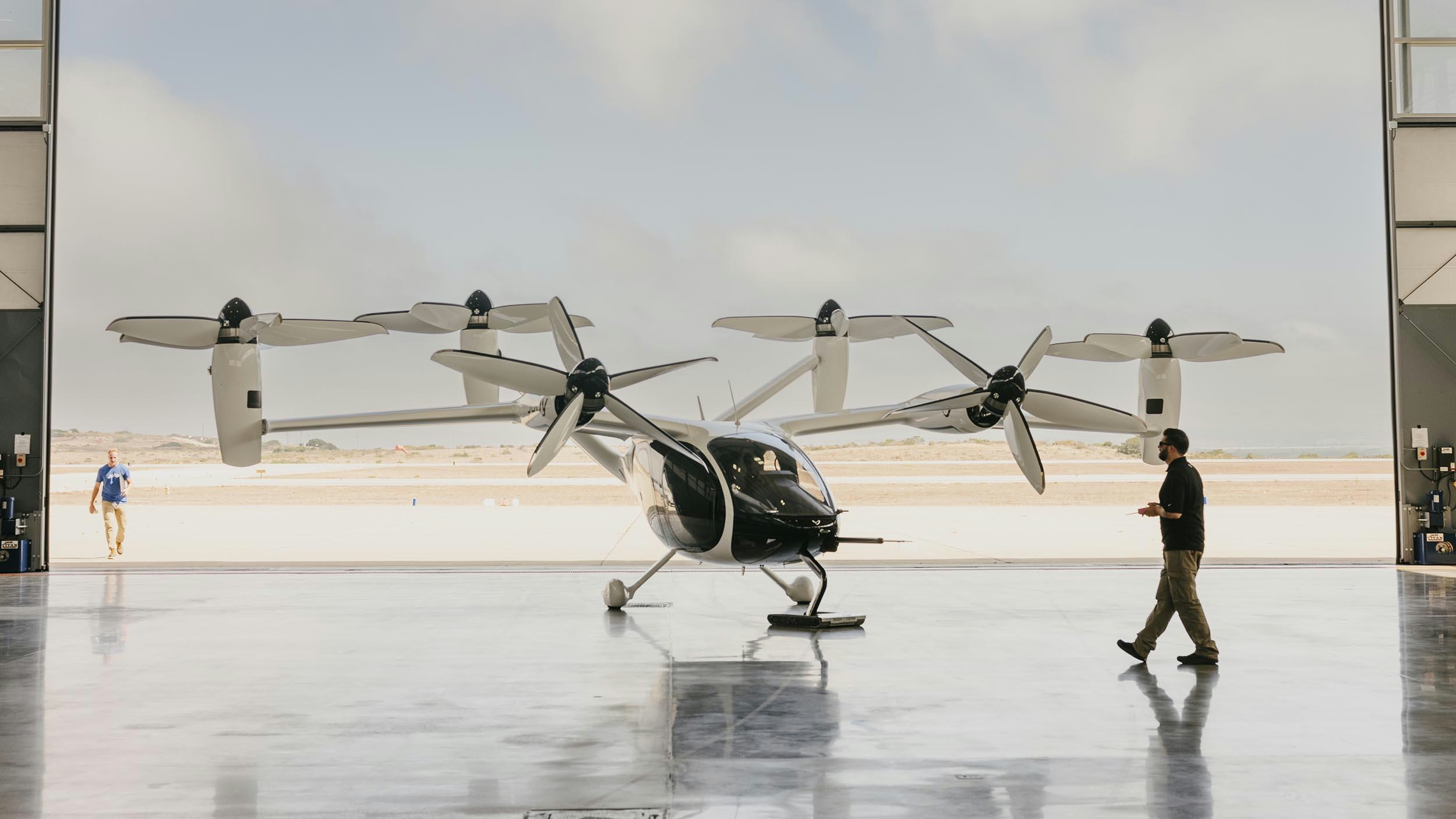
Joby Outlines Dubai Air Taxi Plans Ahead of FAA Certification
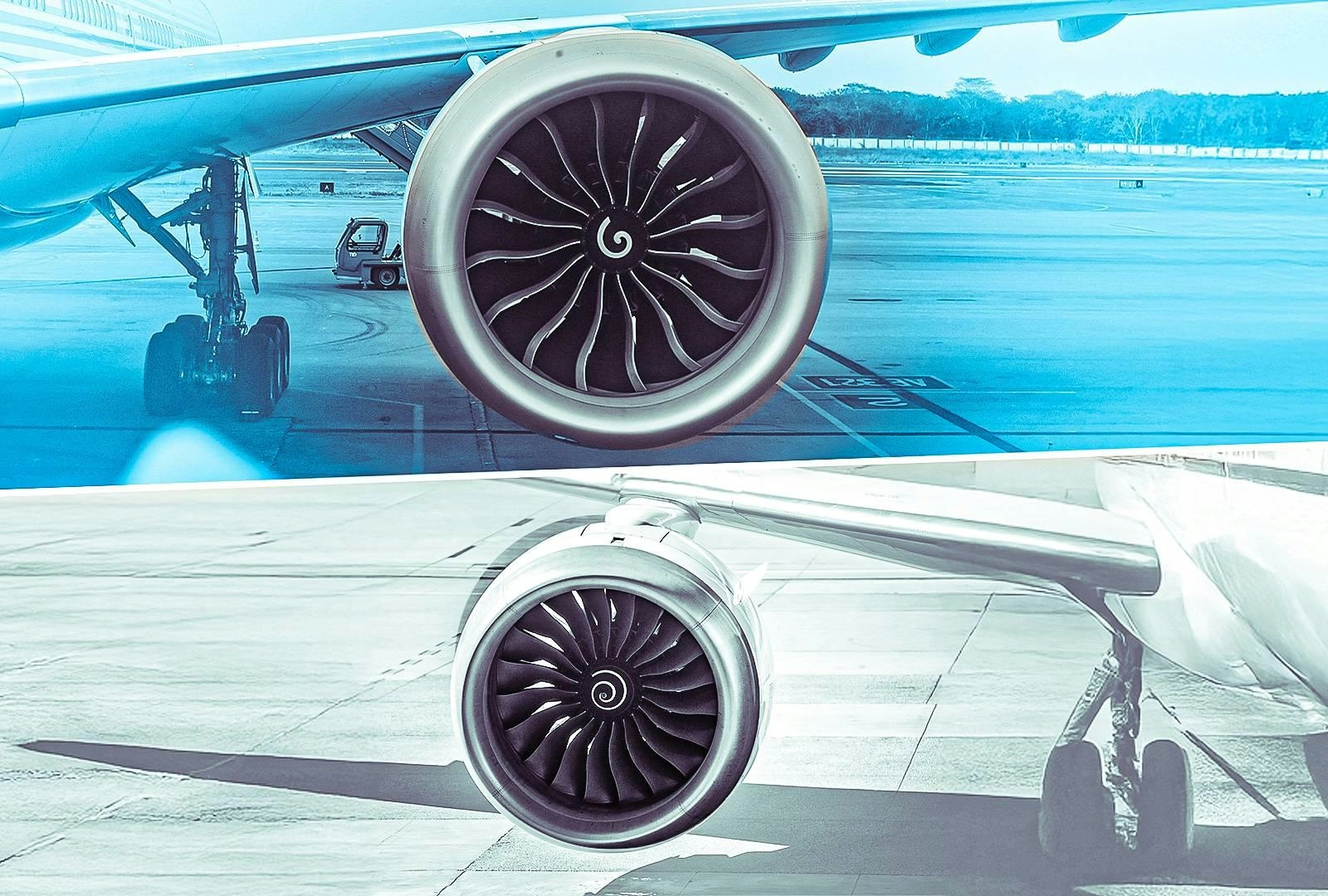
flydubai Signs Agreement with GE Aerospace for 60 GEnx-1B Engines

FG Highlights Investment Opportunities to Modernize Nigeria’s Aviation Sector
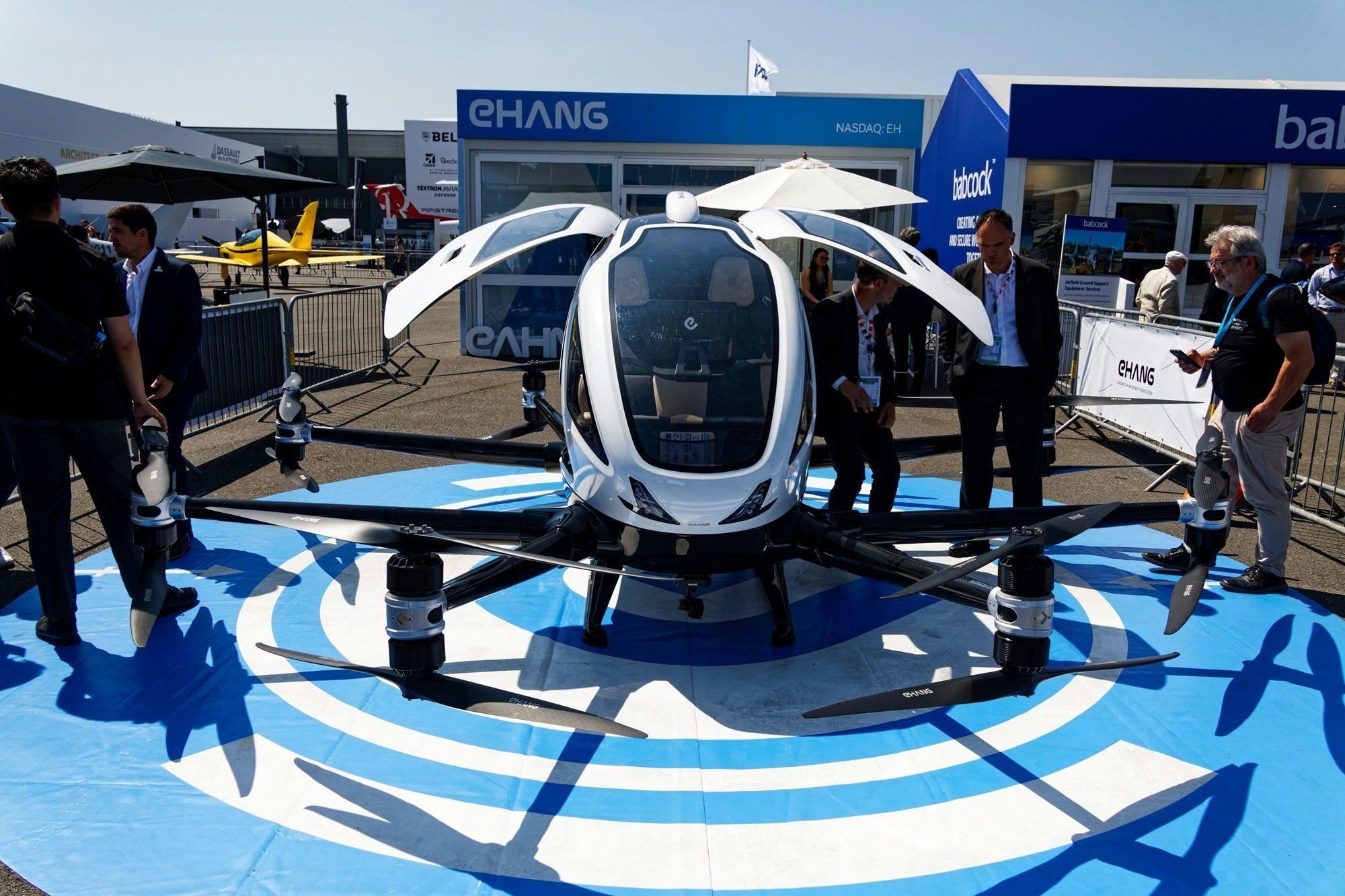
Flying taxi travel to be as easy as ordering an Uber, Dubai Airshow exhibitors say

Inside Zipline’s Approach to Drone Safety Testing
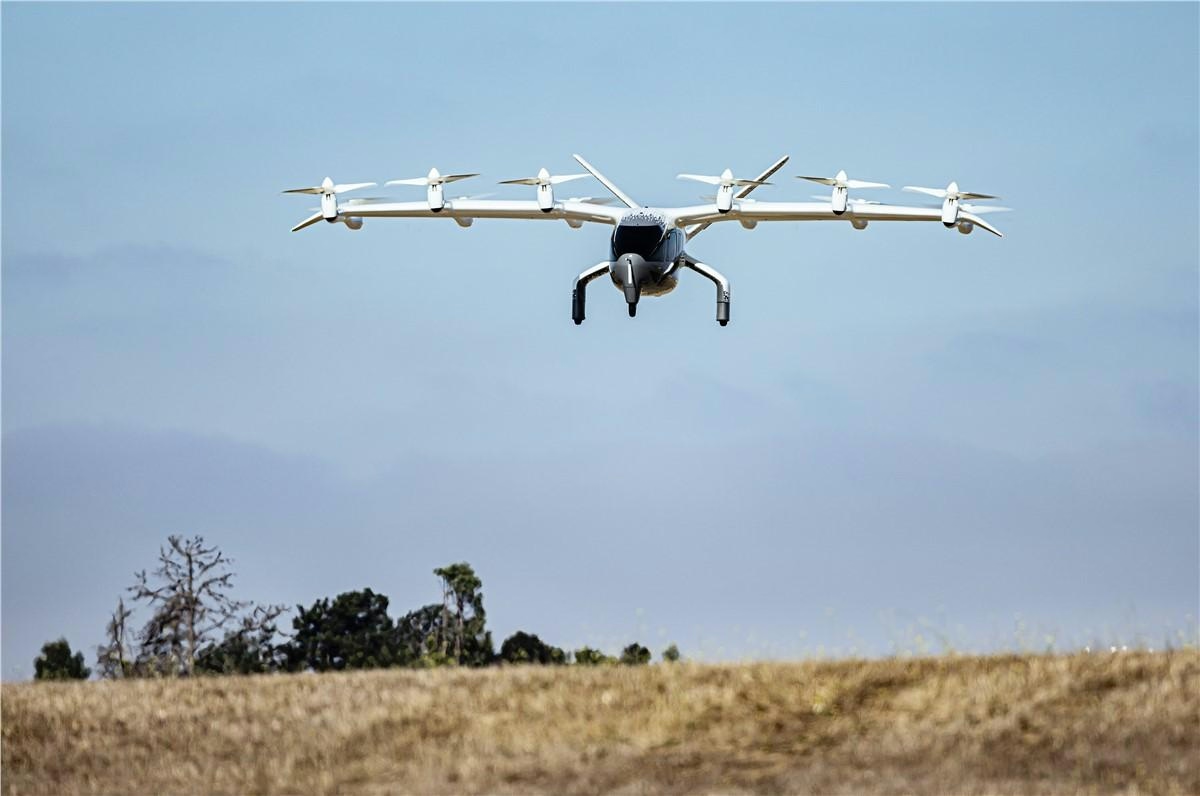
Joby Aviation Debuts Air Taxi at Dubai Airshow
